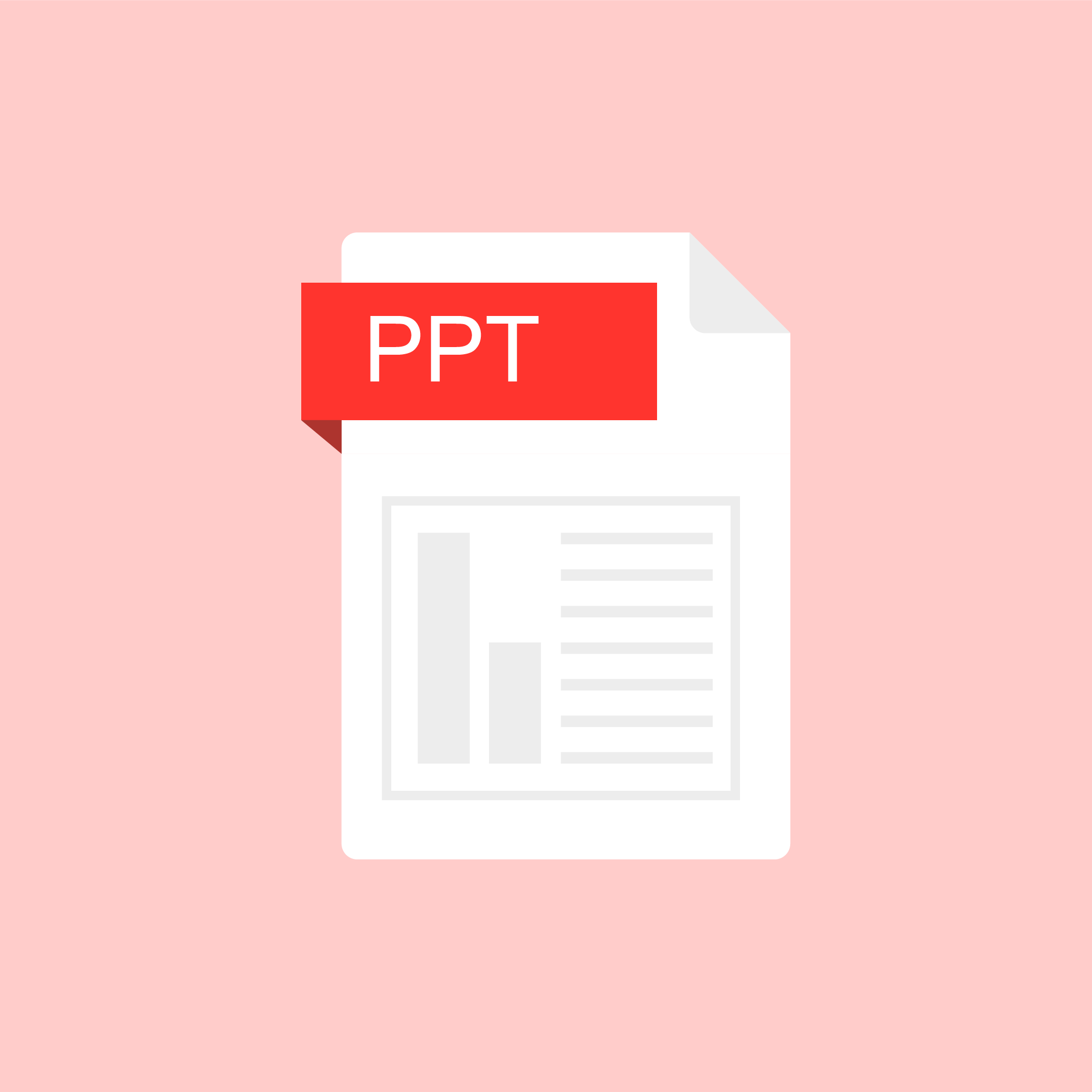Browse
Posted on: #iteachmsu

2021 #iteachmsu Ask Me Anythings
MSU is a big place where a lot of individuals have unique experiences and perspectives. Our idea with the #iteachmsu Ask Me Anything is to create an asynchronous opportunity for educators to be in conversation with their colleagues. We'll be utilizing the #iteachmsu Commons Feed as the space for AMAs!note: the Feed is publicly visible, but only users who have logged in with their MSU netID can reply/comment.The Schedule:The following are confirmed #iteachmsu AMA Hosts, their topics, and the date they'll be answering questions! This list will be continually updated as more Hosts are confirmed.
September 27, 2021 - Susan Kendall, Copyright for Instructors
September 28, 2021 - Brittany Dillman, Teaching Online: pedagogy, assessment & instructor presence
September 29, 2021 - Summer Issawi & Erica Venton, Did you know? Connection is critical - find people and information.
Whether you are a new educator or a seasoned contributor there is always something to discover at MSU. Chat with us about resources, groups, ways to connect, and things to explore. Share your own helpful information or ask for ideas.
October 5, 2021 - Anne Baker, Designing eLearning Modules
October 15, 2021 - Megan Mikhail, Supporting Student Mental Health and Wellness
October 22, 2021 - Dustin De Felice, Ideas for Hyflex Classrooms
"Hyflex" = online & F2F classes running concurrently
November 1, 2021 - Julie Taylor, Incorporating technologies at the MSU Libraries from book design to 3D printers
How does it work:On the day of an AMA, the AMA Host will post an introduction in the Feed by 10am Eastern. If you have a question for the host, related to the topic they've outlined, you can share your questions by commenting on their post. Hosts will share their responses to your questions via the reply to comment function throughout the day. There is no registration required to participate in the #iteachmsu AMAs, and educators are engaged to join as often as they can!“Topics” can be any general activity, area of expertise, or theme that Hosts feel they can speak to. Remember, Hosts aren't asked to be the be-all-end-all expert. We’re just hoping this will be a new way of having conversations and building connections.In the example below, you can see an introductory post shared by Dustin De Felice, one of our #iteachmsu AMA Hosts last year. The comment button (depicted as a speech bubble) is emphasized with a red box. You'll click that button to share your questions with the Host!
If you're an MSU educator, interested in joining us as an AMA Host, you can sign up via this form.
September 27, 2021 - Susan Kendall, Copyright for Instructors
September 28, 2021 - Brittany Dillman, Teaching Online: pedagogy, assessment & instructor presence
September 29, 2021 - Summer Issawi & Erica Venton, Did you know? Connection is critical - find people and information.
Whether you are a new educator or a seasoned contributor there is always something to discover at MSU. Chat with us about resources, groups, ways to connect, and things to explore. Share your own helpful information or ask for ideas.
October 5, 2021 - Anne Baker, Designing eLearning Modules
October 15, 2021 - Megan Mikhail, Supporting Student Mental Health and Wellness
October 22, 2021 - Dustin De Felice, Ideas for Hyflex Classrooms
"Hyflex" = online & F2F classes running concurrently
November 1, 2021 - Julie Taylor, Incorporating technologies at the MSU Libraries from book design to 3D printers
How does it work:On the day of an AMA, the AMA Host will post an introduction in the Feed by 10am Eastern. If you have a question for the host, related to the topic they've outlined, you can share your questions by commenting on their post. Hosts will share their responses to your questions via the reply to comment function throughout the day. There is no registration required to participate in the #iteachmsu AMAs, and educators are engaged to join as often as they can!“Topics” can be any general activity, area of expertise, or theme that Hosts feel they can speak to. Remember, Hosts aren't asked to be the be-all-end-all expert. We’re just hoping this will be a new way of having conversations and building connections.In the example below, you can see an introductory post shared by Dustin De Felice, one of our #iteachmsu AMA Hosts last year. The comment button (depicted as a speech bubble) is emphasized with a red box. You'll click that button to share your questions with the Host!
If you're an MSU educator, interested in joining us as an AMA Host, you can sign up via this form.
Posted by:
Jonathan Hanz

Posted on: #iteachmsu


2021 #iteachmsu Ask Me Anythings
MSU is a big place where a lot of individuals have unique experienc...
Posted by:
Thursday, Oct 21, 2021
Posted on: #iteachmsu

DISCIPLINARY CONTENT
Guide to Advancing Your Career with Essential Business Skills
Article 9 : MigrationNo matter your profession, enhancing your business knowledge can help you make an impact on your organization and be competitive in the job market. Complete the form, and download our free Guide to Advancing Your Career with Essential Business Skills.
Authored by:
chathu

Posted on: #iteachmsu


Guide to Advancing Your Career with Essential Business Skills
Article 9 : MigrationNo matter your profession, enhancing your busi...
Authored by:
DISCIPLINARY CONTENT
Thursday, Jul 1, 2021
Posted on: #iteachmsu

NAVIGATING CONTEXT
WHY AIRLINES OVERBOOK: USING TOY MODELS TO MAXIMIZE REVENUES
Article 8 : Migration: https://online.hbs.edu/blog/post/Why-Airlines-Overbook-Using-Toy-Models-to-Maximize-Revenues
By now, we have all seen the recent news about United Airlines forcibly removing a doctor from an overbooked flight. Almost every major publication has a story on how various airlines handle overbookings and the rules and regulations that come with it (hint: United doesn’t fare so well), but we wanted to look at the economics behind why airlines overbook.
At first glance, potentially having to pay as much as $1,350 in cash to remove a customer involuntarily from a seat that might have cost far less seems to go against the airline’s best interest. But if we take a more detailed look we can see why every airline overbooks to some extent.
By now, we have all seen the recent news about United Airlines forcibly removing a doctor from an overbooked flight. Almost every major publication has a story on how various airlines handle overbookings and the rules and regulations that come with it (hint: United doesn’t fare so well), but we wanted to look at the economics behind why airlines overbook.
At first glance, potentially having to pay as much as $1,350 in cash to remove a customer involuntarily from a seat that might have cost far less seems to go against the airline’s best interest. But if we take a more detailed look we can see why every airline overbooks to some extent.
Authored by:
Ben Chowdhury

Posted on: #iteachmsu


WHY AIRLINES OVERBOOK: USING TOY MODELS TO MAXIMIZE REVENUES
Article 8 : Migration: https://online.hbs.edu/blog/post/Why-Airline...
Authored by:
NAVIGATING CONTEXT
Thursday, Jul 1, 2021
Posted on: #iteachmsu

DISCIPLINARY CONTENT
Student Learning
Article 7 -MigrationWhat are the 4Cs?
The 4Cs for 21st century learning are Creativity, Critical Thinking, Communication, and Collaboration. They are part of the framework for 21st Century Learning and are designed to support student learning in today’s world and are skills they can use in college and career.
What is communication (and what isn’t it)?
The P21 framework emphasizes effective use of oral, written, and nonverbal communication skills for multiple purposes (e.g., to inform, instruct, motivate, persuade, and share ideas). It also focuses on effective listening, using technology to communicate, and being able to evaluate the effectiveness of communication efforts—all within diverse contexts (adapted from P21). Note that working in partners is a great way to collaborate or build shared understanding but a critical part of communication is sharing with an authentic audience.
Example strategies that use technology to support communication in the classroom:
Host a TED-style conference or showcases for your students to present original ideas on a topic of interest to them to an authentic, external audience. Record and post the videos to a youtube stream.
Provide opportunities to listen and ask questions through back channel tools like Today’s Meet or even Twitter.
Have your students publish their work through blogs, by creating websites, and by building other online resources that are shared with authentic audiences.
For other ideas see the resources below.
Ref: https://microcredentials.digitalpromise.org/explore/communication-to-support-student-learning-in-a-dig
The 4Cs for 21st century learning are Creativity, Critical Thinking, Communication, and Collaboration. They are part of the framework for 21st Century Learning and are designed to support student learning in today’s world and are skills they can use in college and career.
What is communication (and what isn’t it)?
The P21 framework emphasizes effective use of oral, written, and nonverbal communication skills for multiple purposes (e.g., to inform, instruct, motivate, persuade, and share ideas). It also focuses on effective listening, using technology to communicate, and being able to evaluate the effectiveness of communication efforts—all within diverse contexts (adapted from P21). Note that working in partners is a great way to collaborate or build shared understanding but a critical part of communication is sharing with an authentic audience.
Example strategies that use technology to support communication in the classroom:
Host a TED-style conference or showcases for your students to present original ideas on a topic of interest to them to an authentic, external audience. Record and post the videos to a youtube stream.
Provide opportunities to listen and ask questions through back channel tools like Today’s Meet or even Twitter.
Have your students publish their work through blogs, by creating websites, and by building other online resources that are shared with authentic audiences.
For other ideas see the resources below.
Ref: https://microcredentials.digitalpromise.org/explore/communication-to-support-student-learning-in-a-dig
Authored by:
Friday Institute at NC State

Posted on: #iteachmsu


Student Learning
Article 7 -MigrationWhat are the 4Cs?
The 4Cs for 21st century lear...
The 4Cs for 21st century lear...
Authored by:
DISCIPLINARY CONTENT
Thursday, Jul 1, 2021
Posted on: Social media

ADHD and School interventions
Article 4 : Migration Public group - content visibility public
School interventions should include a team approach across multiple settings, consisting of bothpreventive and intervention strategies.
Interventions must be based upon assessment data that includes information about the student’s strengths and needs as well as the environmental conditions in which her characteristics of ADHD occur.
Progress monitoring and strategy adjustments are critical to the success of any intervention plan (Wolraich & DuPaul, 2010).
The first step in creating classroom supports for students with ADHD is understanding thestudents’ strengths and needs. This involves formal and informal assessment, as well ascollaboration among educational professionals and the students’ families.
If a student is not responsive to behavioral strategies and interventions, more intensive interventions, such as functional behavior assessment and behavior intervention plans, should be considered (see Practical FBA).
School interventions should include a team approach across multiple settings, consisting of bothpreventive and intervention strategies.
Interventions must be based upon assessment data that includes information about the student’s strengths and needs as well as the environmental conditions in which her characteristics of ADHD occur.
Progress monitoring and strategy adjustments are critical to the success of any intervention plan (Wolraich & DuPaul, 2010).
The first step in creating classroom supports for students with ADHD is understanding thestudents’ strengths and needs. This involves formal and informal assessment, as well ascollaboration among educational professionals and the students’ families.
If a student is not responsive to behavioral strategies and interventions, more intensive interventions, such as functional behavior assessment and behavior intervention plans, should be considered (see Practical FBA).
Posted by:
Rohit 936 shinde

Posted on: Social media


ADHD and School interventions
Article 4 : Migration Public group - content visibility public ...
Posted by:
Thursday, Jul 1, 2021
Posted on: #iteachmsu

ASSESSING LEARNING
Four-part framework
The four-part framework (investigating the issue, recognizing perspectives, communicating ideas, taking action) incorporated into this micro-credential reflects the changing role of our students in the 21st century. Students must have a substantive understanding of the complex, diverse, and interdependent world in which they live. Educators will delve into the research that supports the students becoming globally competent through inquiry. The four-part framework is described below. Additional resources are available in the “Supporting Rationale and Research” section and should be examined prior to completing this micro-credential.
Posted by:
Scarlet Ethan Edien

Posted on: #iteachmsu


Four-part framework
The four-part framework (investigating the issue, recognizing persp...
Posted by:
ASSESSING LEARNING
Monday, May 10, 2021
Posted on: #iteachmsu

Guide on Structuring Your URLs Correctly
REFhttps://neilpatel.com/blog/complete-guide-structuring-urls/
Posted by:
Scarlet Ethan Edien

Posted on: #iteachmsu


Guide on Structuring Your URLs Correctly
REF
https://neilpatel.com/blog/complete-guide-structuring-urls/
https://neilpatel.com/blog/complete-guide-structuring-urls/
Posted by:
Tuesday, May 4, 2021
Posted on: #iteachmsu

ADHD and School interventions
ADHD and School interventions519 x334
School interventions should include a team approach across multiple settings, consisting of bothpreventive and intervention strategies.
Interventions must be based upon assessment data that includes information about the student’s strengths and needs as well as the environmental conditions in which her characteristics of ADHD occur.
Progress monitoring and strategy adjustments are critical to the success of any intervention plan (Wolraich & DuPaul, 2010).
The first step in creating classroom supports for students with ADHD is understanding thestudents’ strengths and needs. This involves formal and informal assessment, as well ascollaboration among educational professionals and the students’ families.
School interventions should include a team approach across multiple settings, consisting of bothpreventive and intervention strategies.
Interventions must be based upon assessment data that includes information about the student’s strengths and needs as well as the environmental conditions in which her characteristics of ADHD occur.
Progress monitoring and strategy adjustments are critical to the success of any intervention plan (Wolraich & DuPaul, 2010).
The first step in creating classroom supports for students with ADHD is understanding thestudents’ strengths and needs. This involves formal and informal assessment, as well ascollaboration among educational professionals and the students’ families.
Posted by:
Scarlet Ethan Edien

Posted on: #iteachmsu


ADHD and School interventions
ADHD and School interventions519 x334
School interventions should i...
School interventions should i...
Posted by:
Wednesday, Apr 28, 2021



